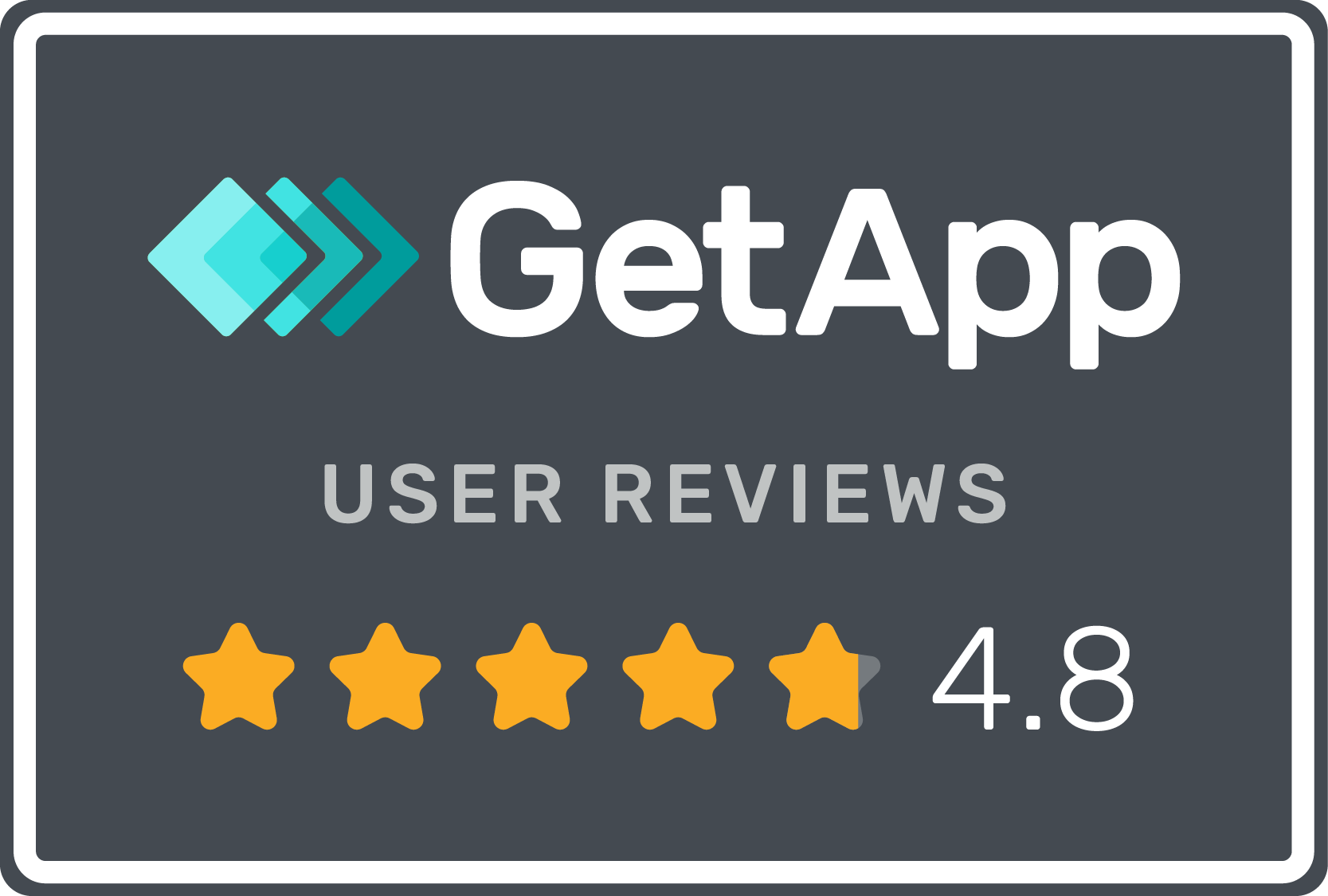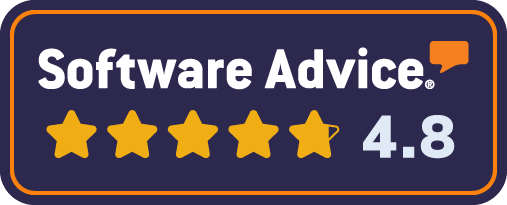The 10 core features of a Brand Asset Management software

Brand Asset Management software (aka Brand Management software or BAM) has been around for a while now and as time goes on many vendors are adding a number of “non-core” features or are attempting to redefine what BAM software is/does.
As a Brand Asset Management software vendor we’re guilty of doing that too, but so often when we talk to customers, they are still trying to solve the basic problem of centralizing and finding assets, that both Brand Asset Management and Digital Asset Management software solved some time ago.
> “…customers are still trying to solve that basic problems of centralisation and finding assets…”
Maybe we’re getting ahead of ourselves, or rather where most BAM customers are likely to be.
It’s a new year, so it’s worth taking a step back and re-establishing what the ten core features of Brand Asset Management Software are.
1. Brand Story
At the core of any Brand is the Brand Story. The foundation or DNA of the brand. The why and where we came from story.
One of the most important messages, Brand Managers must present is what your brand stands for. It is vital that the CEO, management, and staff all share a common understanding of the brand idea.
- Why do we exist?
- What idea do we stand for?
- How do we as a company present our face to the world?
- What promise do we make to our customers, partners, and staff about what they will experience when dealing with us?
- How are we different from everyone else?
- What is the brand identity that communicates those attributes?
By presenting a single unified idea about what your company is, does, how it behaves, how it looks, everybody involved can get their thinking aligned in one direction.
It’s then vital to communicate and reproduce the brand experience and identity consistently for an extended period of time.
Brand Managers will need to produce messaging and content to describe and support the story.
Brand Asset Management software, therefore, should provide a central place to access, share and disseminate the Brand Story to aid staff induction, storytelling and branding activity.
In many cases, this will look like a website CMS, or a collection of brand assets and marketing content.
The important thing is to ensure everyone communicates the same story.
2. Brand Standards
Brand Standards (aka Brand Guidelines) set out to describe a set of rules or standards that should be used/applied whenever we communicate as a brand. You can think of these standards as rules of conduct or behaviour.
In essence, what these standard are trying to do is achieve consistency across all brand touchpoints. Consistency gives customers confidence in the brand and over time builds trust in the brand and ultimately brand equity and value.
Managing a Brand is a discipline, not an art, and your Brand Standards or Brand Guidelines Manual is your brand guidebook or reference manual of branding activity for everyone working with your brand.
Your Brand Standards or Brand Guidelines, therefore, are vital Brand Assets, as you build your brand equity over time.
Your Brand Asset Management software, should have the functionality to help you store, manage and disseminate those standards to staff, partners, customers and anyone else working with your brand.
Ideally, your selected BAM system should create an appropriate posture around the use of the brand and presents usage rules at the appropriate time. Brandkit™ for example automatically attaches Brand Guidelines to Brand Content Downloads and asks the user to agree to comply with Brand Guidelines.
3. Centralising and Organising
At its core Brand Asset Management software is the central place where you gather all your digital assets, store them and organize them into logical groups.
It’s the one place where everything (all your digital assets) is stored - a single source of truth.
Why? Before BAM software, digital assets were scattered across a company’s personal hard drives, network drives, intranets, email system, web sites, USB sticks, at the Agency, on a CD, in a box somewhere, and various other places.
Sometimes it was impossible to find an asset, and almost always it took way too long to find and access the file, and it wasn’t clear whether the file was the latest version, or was safe to use commercially.
A BAM enables the reuse of investments in Brand and Marketing content (what makes them “Assets”) by approved users, at any time.
Reducing lost time, mistakes, recreation costs and at the same time increasing productivity and marketing cadence.
4. Searching
Over time as you grow and invest in digital assets such as logos, images, video, infographics, etc, you will build up a library of content.
Searching for content/files, particularly as your team size grows, takes time.
In fact research suggests that on average a Marketer spends 11 hours per month searching for digital assets.
> “… Marketers spend on average 11 hours per month searching for brand assets…”
Good Brand Asset Management software reduces that time to almost nothing, because all Assets are in one place, organized and tagged making search fast and accurate.
5. Downloading
An Asset is only an asset if it is used and reused again and again.
So being able to download and use an Asset is a vital function of a Brand Asset Management software.
A good BAM system should make downloading single files or a batch multiple files simple, fast and efficient.
6. Sharing
Sharing is also a vital function of Brand Asset Management software, is to enable collaboration between employees, partners, the Agency, resellers, suppliers and customers.
Typically a Marketer can use a BAM system to share asset files or collections of assets with individuals or groups of people, by:
- Emailing a link to Download Assets
- Emailing a link to view a Collection/Lightbox
- Referring people to a Self Service Portal
- Embedding an Image in a website using an image URL
- Posting an image to Social media
7. Versioning
Making sure everyone is using the latest and/or correct version of an Asset is an important feature.
Brand Asset Management software should allow the uploading of new versions of an asset (e.g. a Logo or Presentation) with the ability to see version history, the ability to roll back to a previous version if a mistake is made.
8. Controlled Access
Brand Asset Management software houses your most valuable digital “Brand Assets”, so controlling who can access them is another important feature of a BAM system.
One of the features that separates BAM systems from other storage systems is its access control structure, ensuring that your assets are only used by the right people at the right time.
A good BAM system will typically require a user to login, accept terms of use and allow particular users access to particular assets, based on the users predefined User Role/User Group.
BAM systems should require compliance with terms of use, licence conditions and/or usage instructions and record access history or a log of user activity.
9. Reporting
Brand Asset Management software should be able to provide you with insights about your digital assets and their usage.
This is another feature that sets BAM systems apart from storage systems.
BAM systems typically provide reports that identify the makeup of your asset library, the size, number of files, who is downloading and sharing assets and often what content is most successful.
Understanding how your current assets (aka content investments) are performing is vital and should help guide your future content investments.
10. Integration
Content lies at the heart of Marketing activity and so Brand Asset Management software should (and are) becoming a central part of the entire marketing ecosystem.
Therefore a good BAM system will offer integration with other systems.
This could be as simple as Single Sign-On capability for a company’s users and as complex as integration with Creative workflow applications, CRM, Storage Services and much more.
In Summary
Many Brand Asset Management software vendors offer a lot of additional features, like creative workflows, web to print, project management, e-commerce, and more, in an effort to set themselves apart.
However, none of these are essential to a BAM system and can spoil the benefits a good BAM system brings with feature creep, complexity, and higher costs.
Most of these additional non-core features are probably better handled in more specialized software. Particularly when a BAM system offers integration.
Like many things in life, less is often more. BAM systems included.
So my advice, focus on these 10 core features
- Brand Story
- Brand Standards
- Centralizing and Organising
- Searching
- Downloading
- Sharing
- Versioning
- Controlled Access
- Reporting
- Integration
Happy branding :)
Acknowledgments: Photo by Tucker Good on Unsplash
p.s. If you’re interested in a modern Brand Asset Management system with all the core features covered - checkout Brandkit.
The 10 core features of Brand Asset Management software
What are the key features of Brand Asset Management software? Brand Asset Management (BAM) systems have been around for a while now and as time goes on many vendors are adding a number of “non-core” features or are attempting to redefine what a BAM system is/does. We take a back to basics look at Brand Asset Management and re-establish the 10 core features of a good BAM system.


